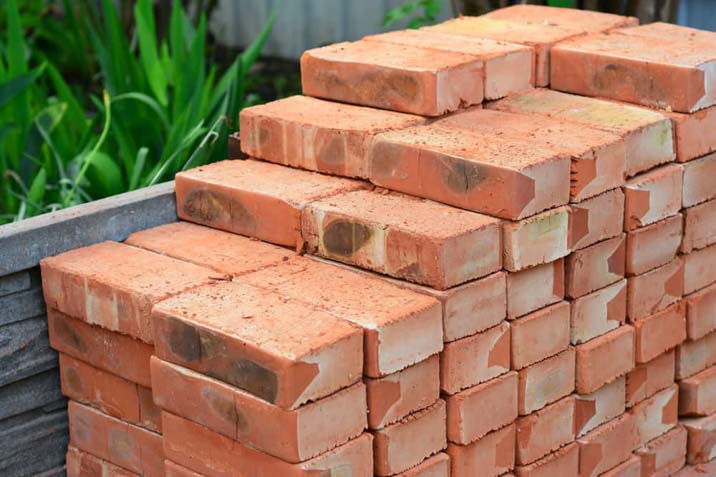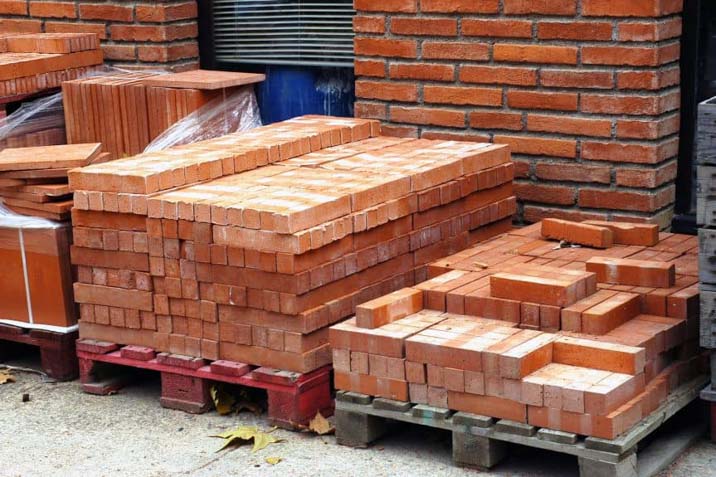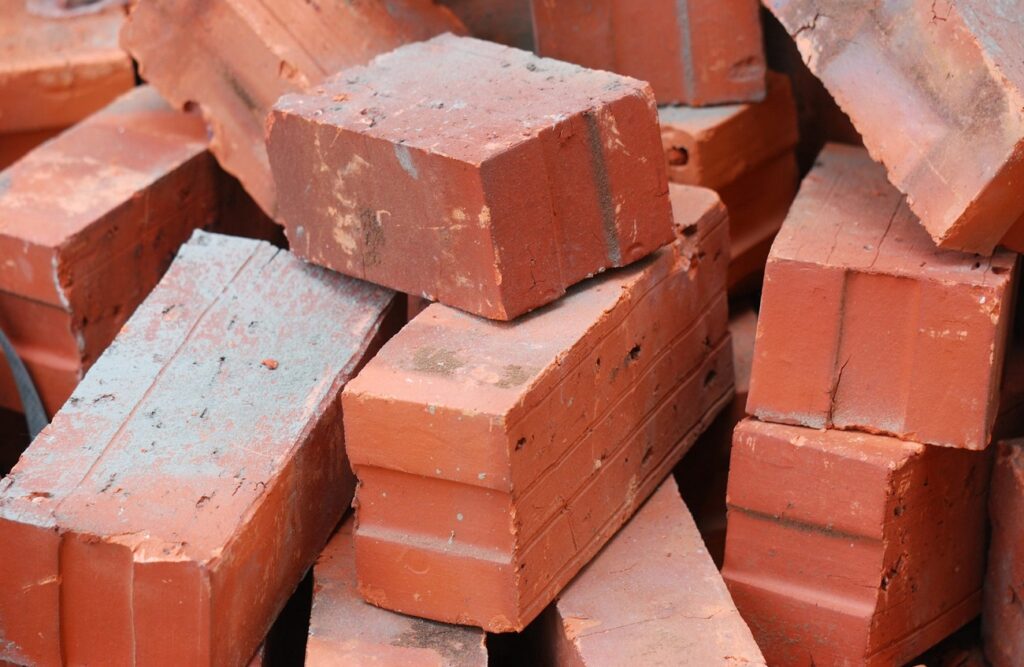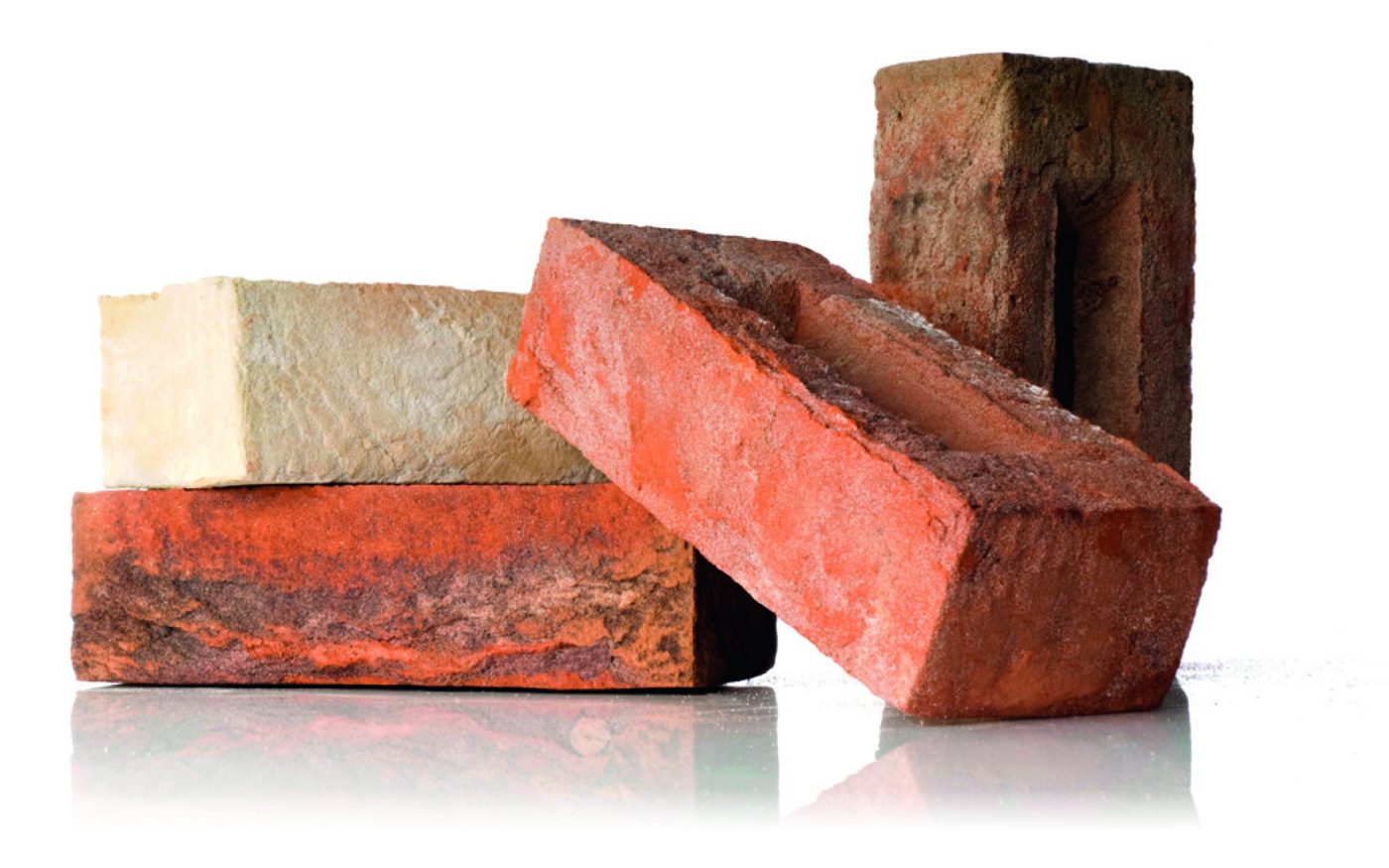The standard size of a brick in the UK is usually about 215mm long, 102.5mm wide, and 65mm deep. These measurements help builders keep construction projects consistent and easier to plan.
Standard bricks are commonly used in many building tasks like walls and pillars. Their uniform size makes buildings stronger and more stable.
Building authorities regulate brick sizes to ensure quality and safety in construction. Standard bricks are essential for creating reliable and versatile structures in UK architecture.
In this article, we’ll explore important questions about standard brick sizes in the UK to give you a thorough understanding of the topic.
Do brick sizes vary between regions in the UK?

Yes, brick sizes have a rich history in the UK, and their dimensions have varied across regions and eras. Let’s explore this intriguing topic in detail
Minor Variations
Brick sizes have evolved significantly over time, reflecting historical, practical, and economic considerations. While modern bricks in the UK adhere to a standard size of 215mm x 102.5mm x 65mm, historical variations were more diverse
- Early Medieval Bricks: Some early medieval bricks were as large as 13″x6″x2″.
- Late 15th Century Bricks: During this period, bricks were mostly about 9½”x4½”x2″.
- Charter Specifications (1571): The dimensions were specified as 9″x4½”x2¼”.
- Regulation (1625): The size was regulated to 9″x4½”x3″.
- 18th Century (Pre-Brick Tax): Parliament specified 8½”x4″x2½”, which closely resembles the modern metric brick.
- Brick Tax (1784): The government imposed a tax per brick, leading to larger bricks (such as 110x110x235mm, locally known as ‘Jumbies’ or ‘Wilkes’s Gobbs’). The tax incentivized larger bricks to reduce the number needed for a wall.
- Post-Tax Era: Although the tax was repealed in 1850, larger bricks persisted due to the transition from hand-made to machine-made bricks.
Factors Influencing Regional Differences
The availability of clay in different regions significantly influences brick production. Local clay characteristics impact brick color, texture, and size.
Brickmaking techniques, local preferences, and craftsmanship traditions contribute to variations. Brickmakers adapted to local conditions and resources.
The brick tax and subsequent machinery investments shaped brick sizes. Larger bricks reduced tax burdens, but their legacy persisted.
Impact on Construction Practices
Older buildings across the UK showcase diverse brick sizes. Bigger bricks are more common in the North. Architects and builders often choose bricks based on aesthetics and historical context.
Renovating historic structures requires matching original brick sizes. Imperial-sized bricks (pre-1965) are essential for authenticity.
Modern buildings predominantly use standard-sized bricks (BS 3921 from 1965 and BS EN 771-1 from 2007). However, regional variations still influence design choices.
How are different brick sizes used in construction?

Different brick sizes are utilized in construction to accommodate various structural and design requirements. Here’s how each size is typically employed
Standard Bricks
These are the most commonly used bricks in construction. Their dimensions, typically around 215mm (length) x 102.5mm (width) x 65mm (height), make them versatile for building walls, partitions, and facades.
Standard bricks provide a balanced mix of strength, ease of handling, and affordability, making them suitable for a wide range of applications in construction projects.
Double Bricks
Double bricks, formed by joining two standard bricks together, offer increased thickness and strength.
With dimensions of approximately 215mm (length) x 102.5mm (width) x 140mm (height), they are often used in load-bearing walls and areas requiring enhanced insulation and durability.
Double bricks can expedite construction by reducing the number of mortar joints required, thereby improving efficiency.
King Bricks
Larger than standard bricks, king-sized bricks measure around 215mm (length) x 102.5mm (width) x 85mm (height). Their larger size enables faster construction progress and reduces labor costs by covering more area per brick.
King bricks are commonly used for larger walls, piers, and columns where their size helps achieve structural stability and visual consistency.
What are the main types of bricks?

The main types of bricks can be categorized based on their composition, manufacturing process, and intended use. Here are the primary types
Common Bricks: These are the most basic type of bricks and are made from clay. They are widely used for general construction purposes, such as building walls, partitions, and foundations.
Engineering Bricks: Engineering bricks are manufactured to higher standards of strength and durability. They are often used in structural applications where greater strength and resistance to water and frost are required, such as in retaining walls, bridges, and sewers.
Facing Bricks: Facing bricks, also known as facade bricks or face bricks, are designed to be visible and are chosen for their aesthetic appeal. They come in various colors, textures, and finishes and are used to create decorative facades and architectural features on buildings.
Fire Bricks: Fire bricks, also called refractory bricks, are specially designed to withstand high temperatures without deforming or cracking. They are used in fireplaces, kilns, furnaces, and other high-temperature applications where regular bricks would not be suitable.
Perforated Bricks: Perforated bricks have holes or perforations throughout their structure. These holes reduce the weight of the brick while maintaining its strength, making them suitable for use in load-bearing walls and structures.
Special Shaped Bricks: These bricks are available in different shapes and sizes designed to suit specific construction requirements. They may include angle bricks, capping bricks, or engineering bricks, each serving a unique purpose in construction projects. Specialized bricks are utilized for architectural detailing, structural reinforcement, or to meet specific design requirements.
Pavers: Pavers are thick, durable bricks used for outdoor paving applications, such as patios, driveways, walkways, and landscaping features. They come in various sizes, shapes, and colors and are designed to withstand heavy foot traffic and weather exposure.
UK BRICK TYPES DIMENSIONS TABLE
Here’s a table outlining the dimensions of common brick types used in the UK
| Brick Type | Length (mm) | Width (mm) | Height (mm) |
| Common Bricks | 215 | 102.5 | 65 |
| Engineering Bricks | 215 | 102.5 | 73 |
| Facing Bricks | 215 | 102.5 | 65 |
| Fire Bricks | 230 | 114 | 76 |
| Perforated Bricks | 215 | 102.5 | 65 |
| Special Shaped Bricks | Varies | Varies | Varies |
| Pavers | Varies | Varies | Varies |
FAQ
Why are British houses made of brick?
British houses are commonly made of brick due to the durability, strength, and thermal properties of brick. Brick construction provides excellent insulation, helping to maintain comfortable temperatures inside homes throughout the year. Additionally, brick is resistant to fire, pests, and weathering, making it a popular choice for constructing long-lasting and low-maintenance homes in the UK.
What is the minimum thickness of interior wall in the UK?
The minimum thickness of an interior wall in the UK typically ranges from 75mm to 100mm (3 to 4 inches). This thickness ensures structural stability and sound insulation while accommodating services such as electrical wiring and plumbing within the wall cavity.
How heavy is a brick UK?
A standard brick in the UK typically weighs around 3.5 kilograms (approximately 7.7 pounds). However, the weight of a brick can vary depending on factors such as its size, density, and moisture content.
What size is a standard brick in the UK imperial?
In imperial measurements, a standard brick in the UK typically has dimensions of approximately 8.5 inches in length, 4 inches in width, and 2.5 inches in height.
How thick is a full brick wall?
A full brick wall typically has a thickness of around 215mm (8.5 inches), which corresponds to the length of a standard brick. This thickness provides sufficient structural support and insulation for most residential and commercial buildings in the UK.
What is the standard size of brick UK in inches?
The standard size of a brick in the UK, when converted to inches, is approximately 8.5 inches in length, 4 inches in width, and 2.5 inches in height. These dimensions may vary slightly depending on the manufacturer and specific product variations.
Final thoughts
The standard size of bricks in the UK is vital for construction, ensuring consistency, efficiency, and strong structures. These bricks are typically about 215mm long, 102.5mm wide, and 65mm high, making them versatile and widely used in walls and facades.
While there may be slight differences in sizes depending on the region, sticking to standard sizes ensures buildings are built uniformly across the country. In summary, standard brick sizes are essential for safe, sturdy, and attractive buildings in the UK.



